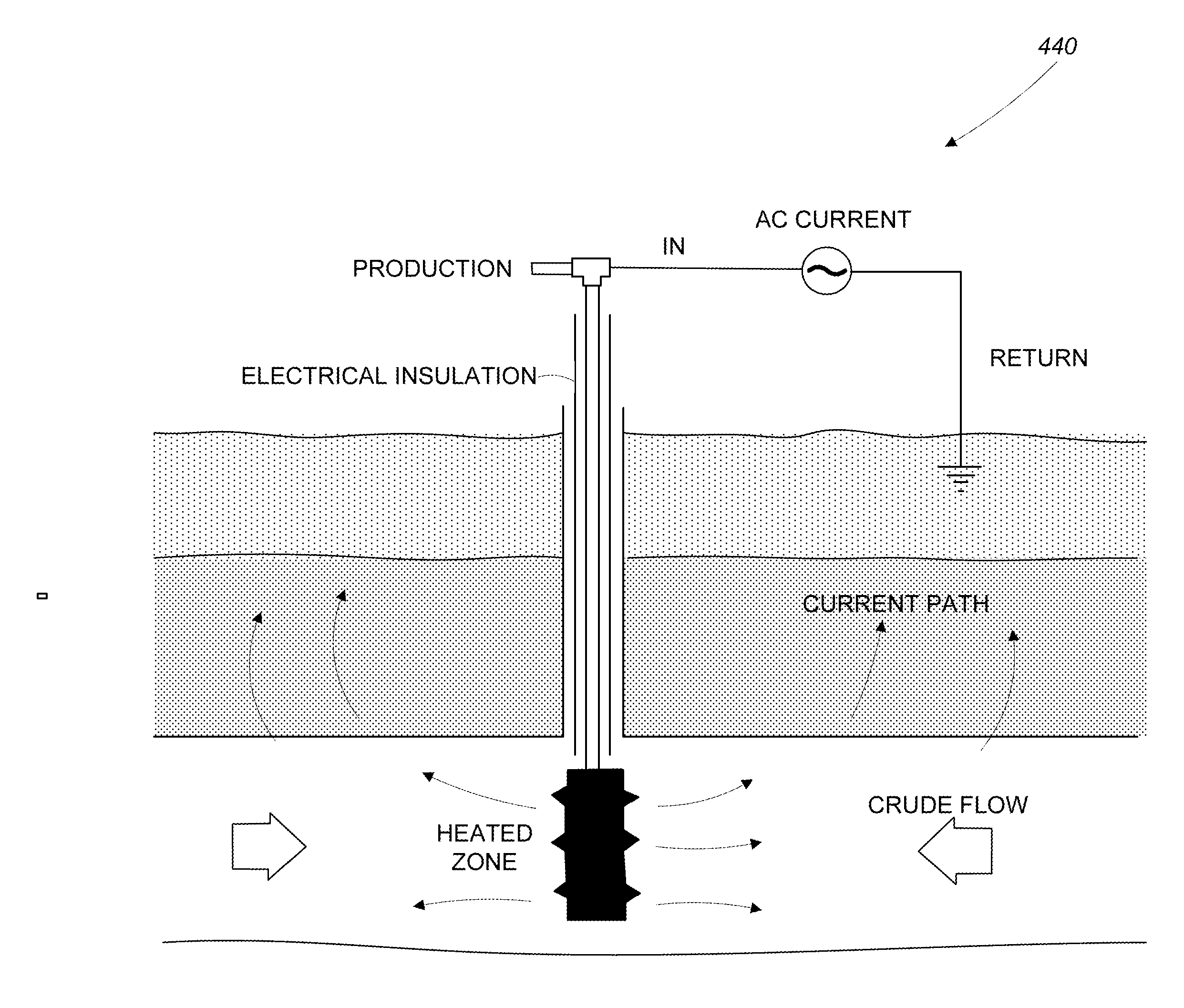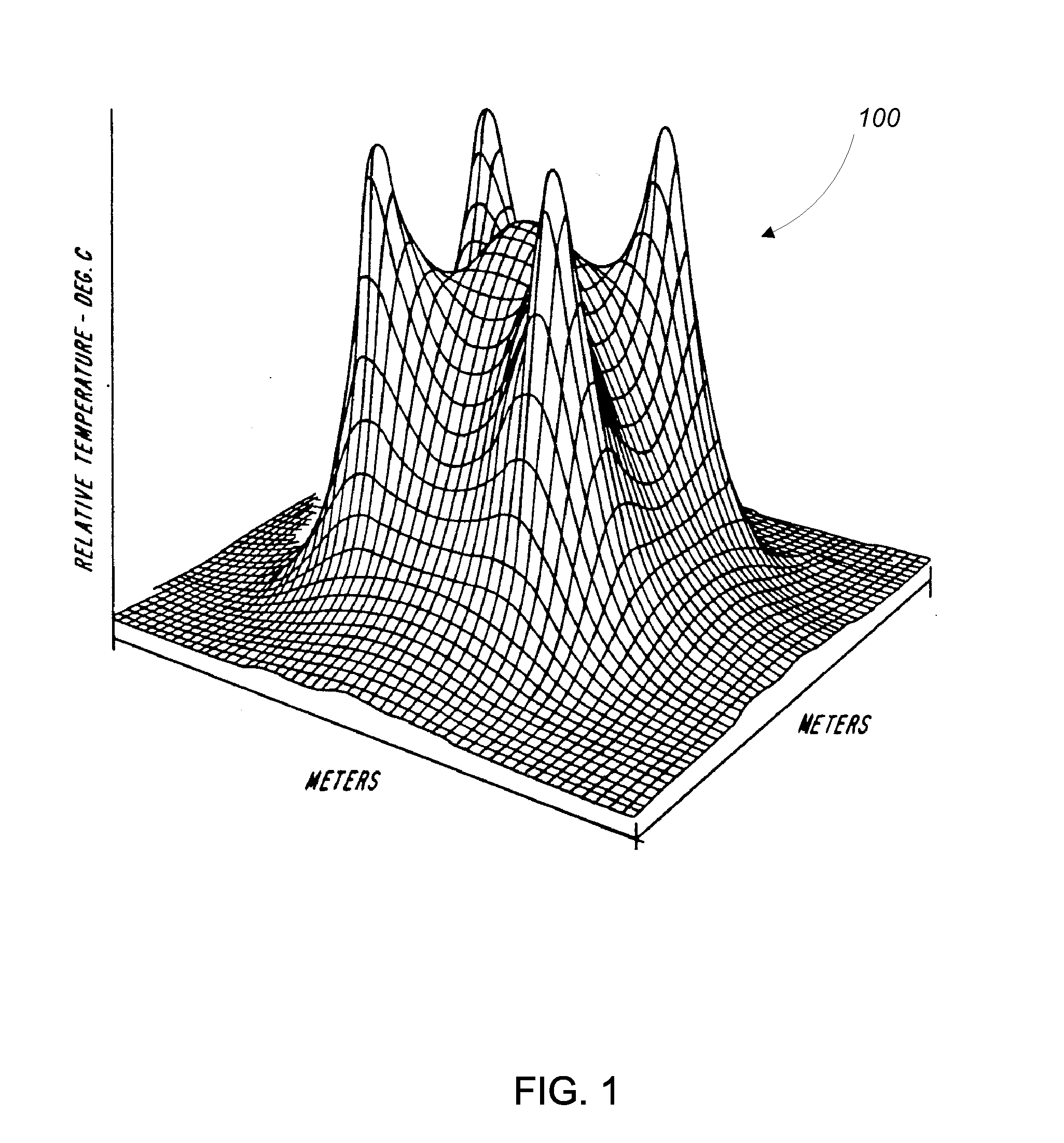Subsurface multiple antenna radiation technology (SMART)
a multi-antenna radiation and subsurface technology, applied in the direction of survey, insulation, borehole/well accessories, etc., can solve the problems of many remedial technologies ineffective or ineffective, difficult to remove many pollutants or toxic materials, and difficult to escape gas through the pore spaces, etc., to enhance oil and gas recovery, enhance fluid permeability, and expand the porosity and permeability of formation
- Summary
- Abstract
- Description
- Claims
- Application Information
AI Technical Summary
Benefits of technology
Problems solved by technology
Method used
Image
Examples
Embodiment Construction
[0050]Aspects described herein relate to systems for sub-surface, the systems including high power radiofrequency heating antennas collocated with radar antennas. In general, the collocated antennas are inserted into boreholes which may be of the vertical or horizontal type as indicated in U.S. Pat. No. 7,891,421 by Kasevich. The collocated antennas may be positioned at various depths down to several thousand feet and at frequencies of operation that may range from hundreds of kilohertz 50 MHz. Power levels for the system may vary from 5 kilowatts to 1 megawatt for CW and if pulse power is used, the duty cycle may range from 0.0001 to 0.1 as an example. Referring to FIG. 1, one possible heating pattern 100 for a four heating antenna system in which the antenna boreholes with collocated radar are spaced ½ wavelength apart on square is illustrated. Such a pattern of heat is described in U.S. Pat. No. 5,199,488 by Kasevich. At one MHz in an oil shale material, the square is 50 meters b...
PUM
 Login to View More
Login to View More Abstract
Description
Claims
Application Information
 Login to View More
Login to View More - R&D
- Intellectual Property
- Life Sciences
- Materials
- Tech Scout
- Unparalleled Data Quality
- Higher Quality Content
- 60% Fewer Hallucinations
Browse by: Latest US Patents, China's latest patents, Technical Efficacy Thesaurus, Application Domain, Technology Topic, Popular Technical Reports.
© 2025 PatSnap. All rights reserved.Legal|Privacy policy|Modern Slavery Act Transparency Statement|Sitemap|About US| Contact US: help@patsnap.com



